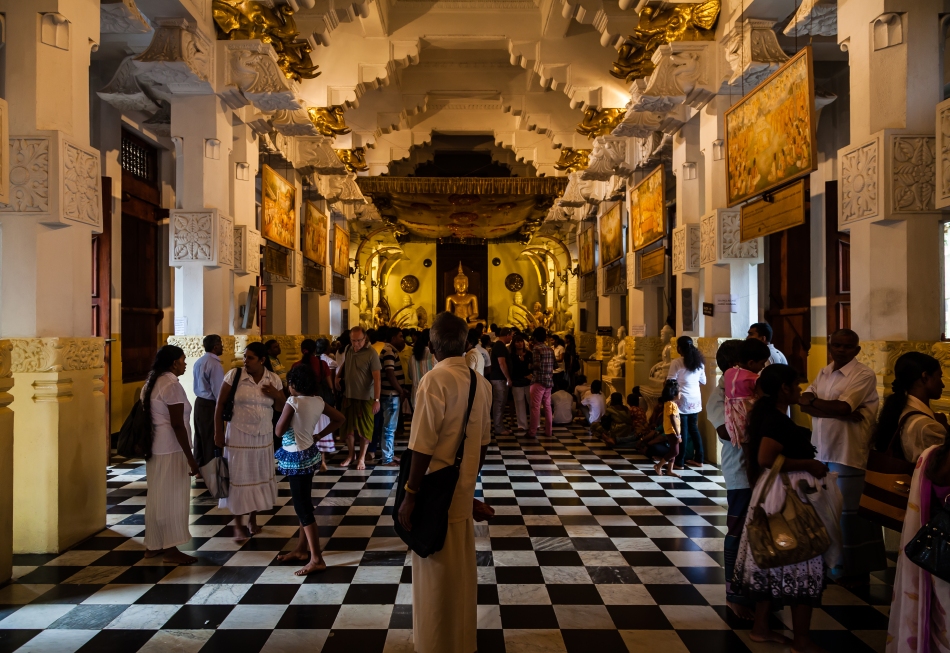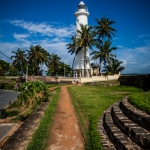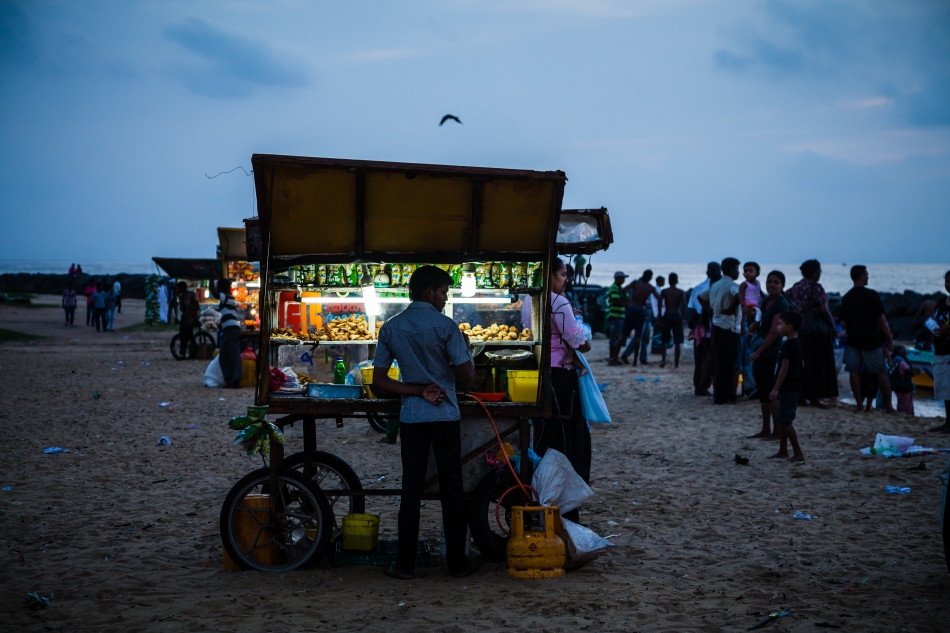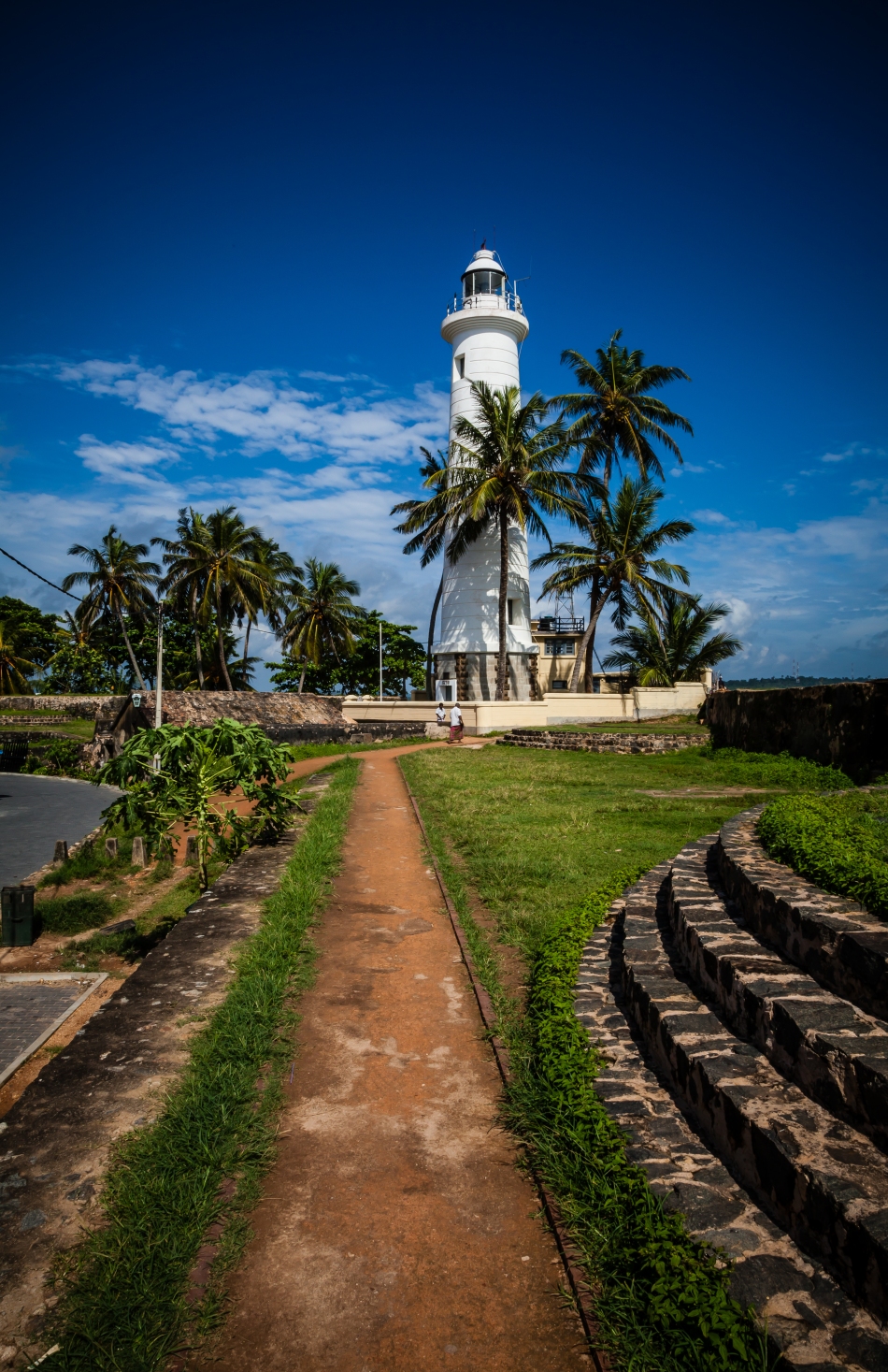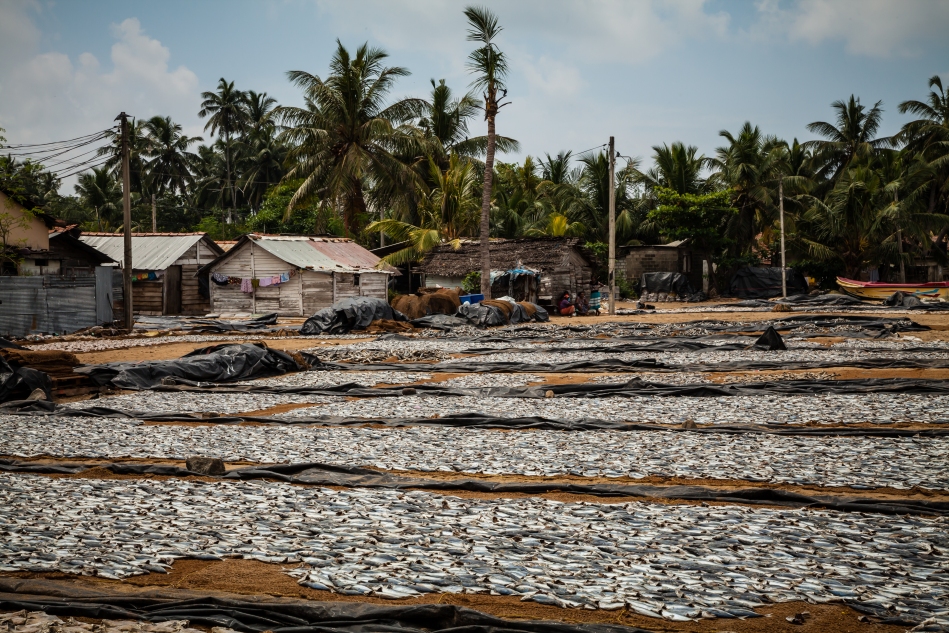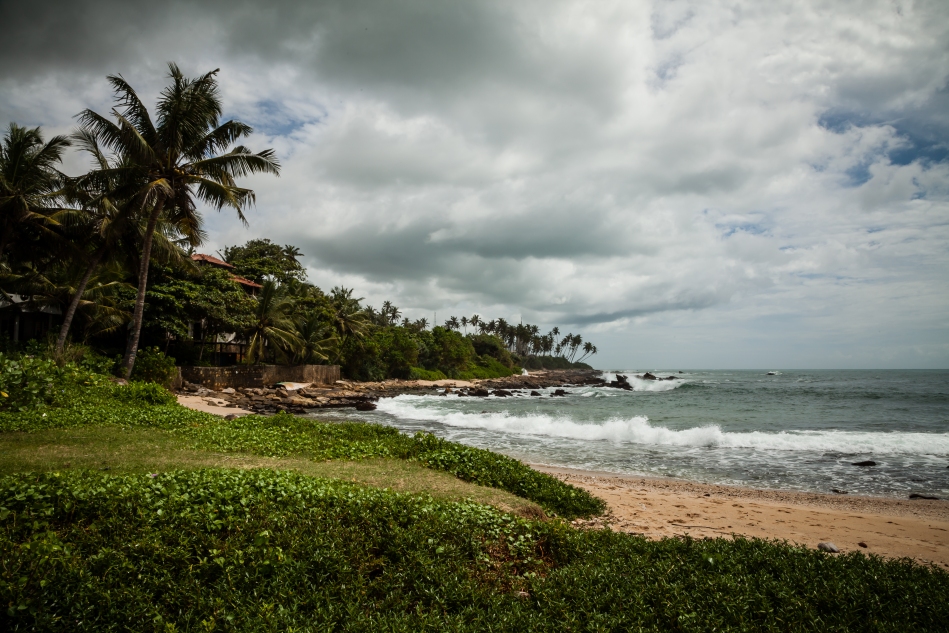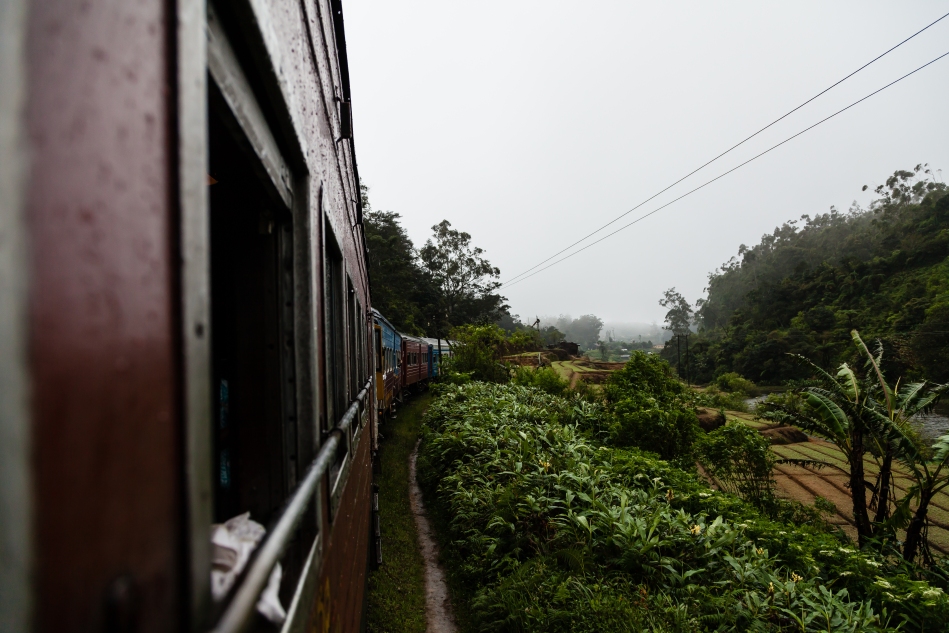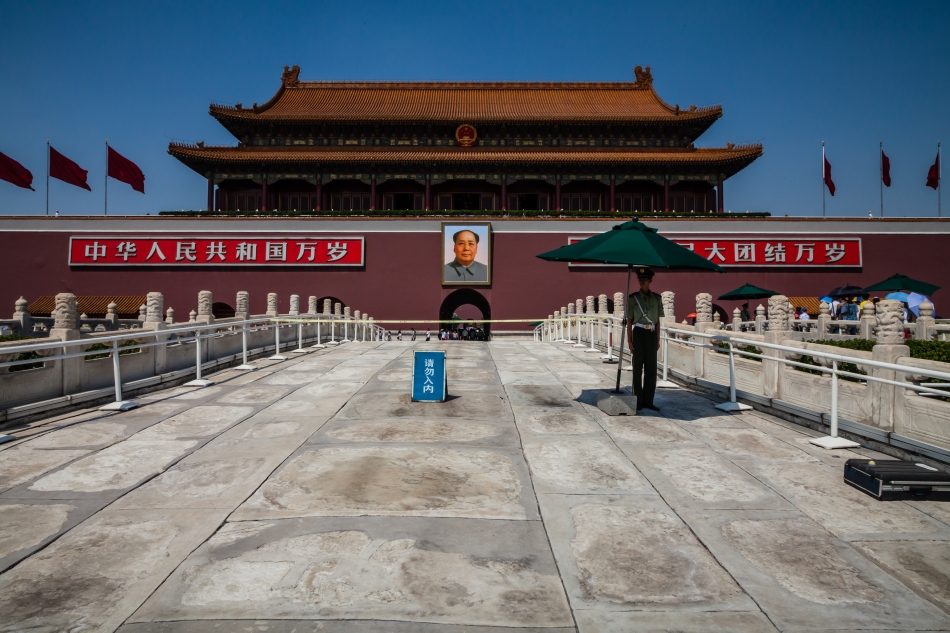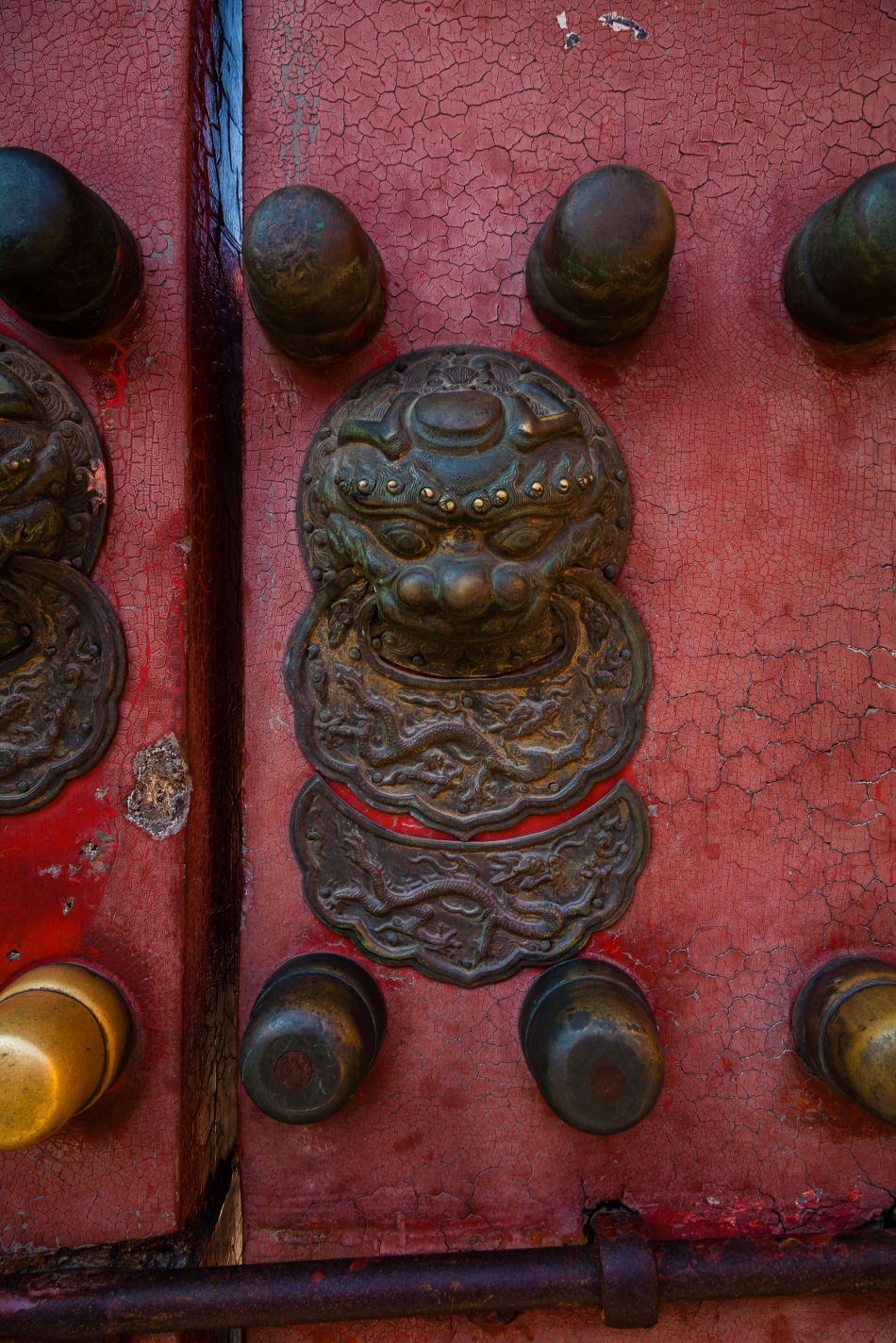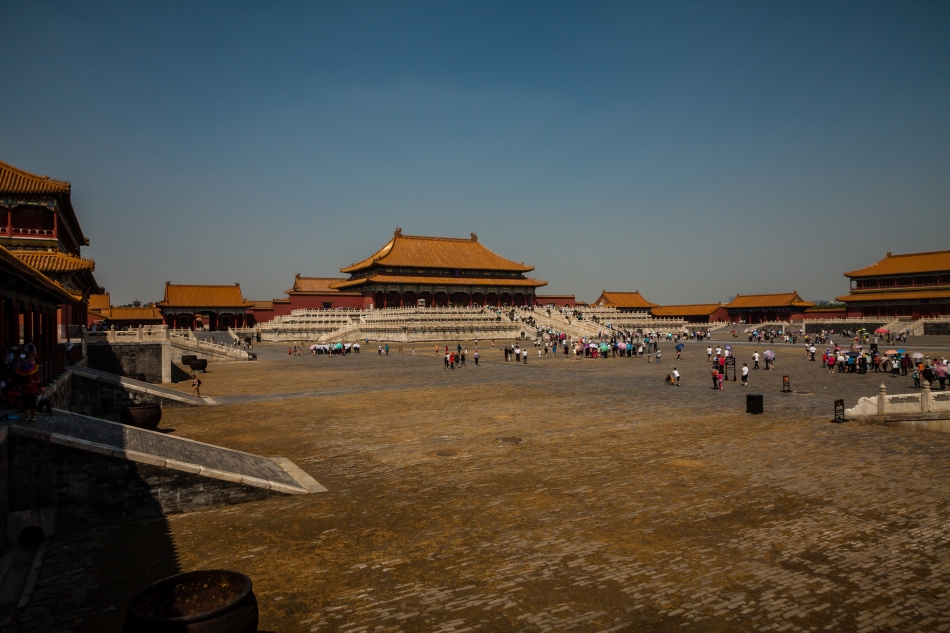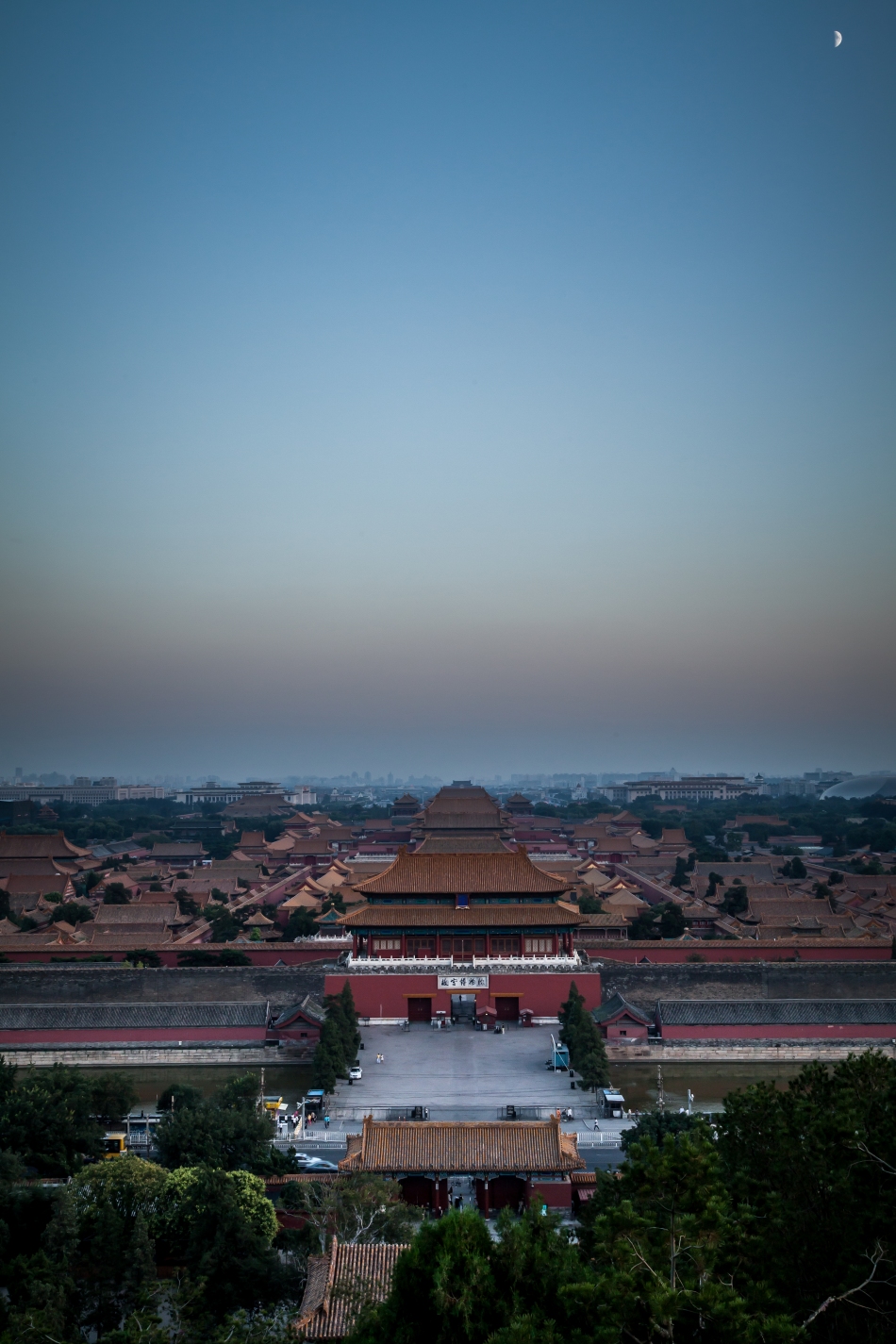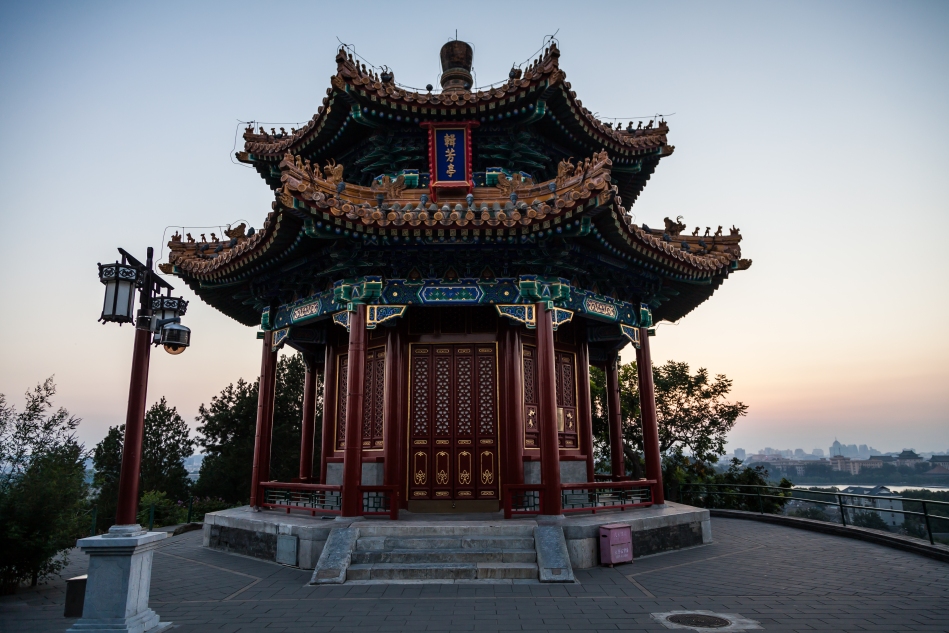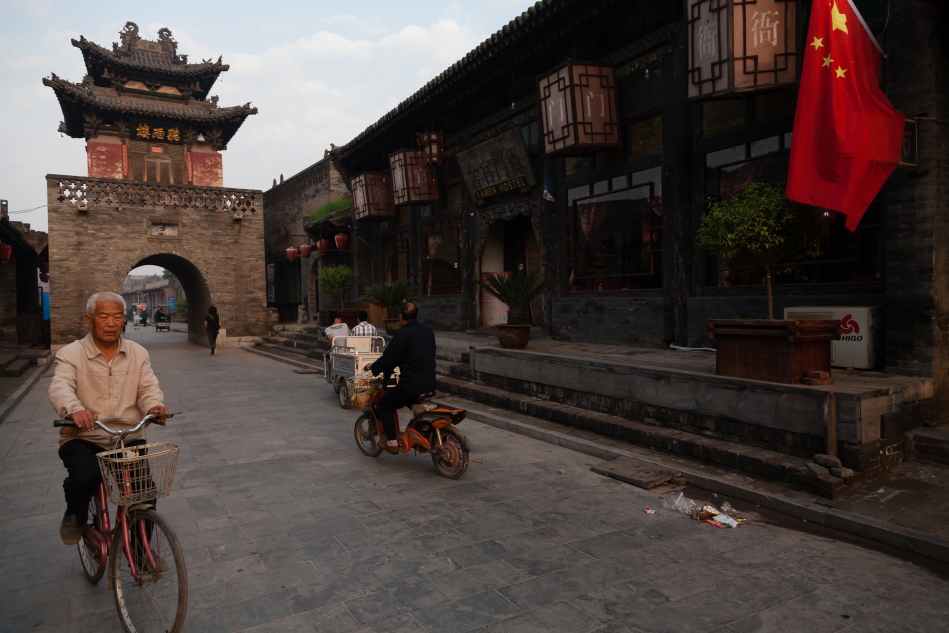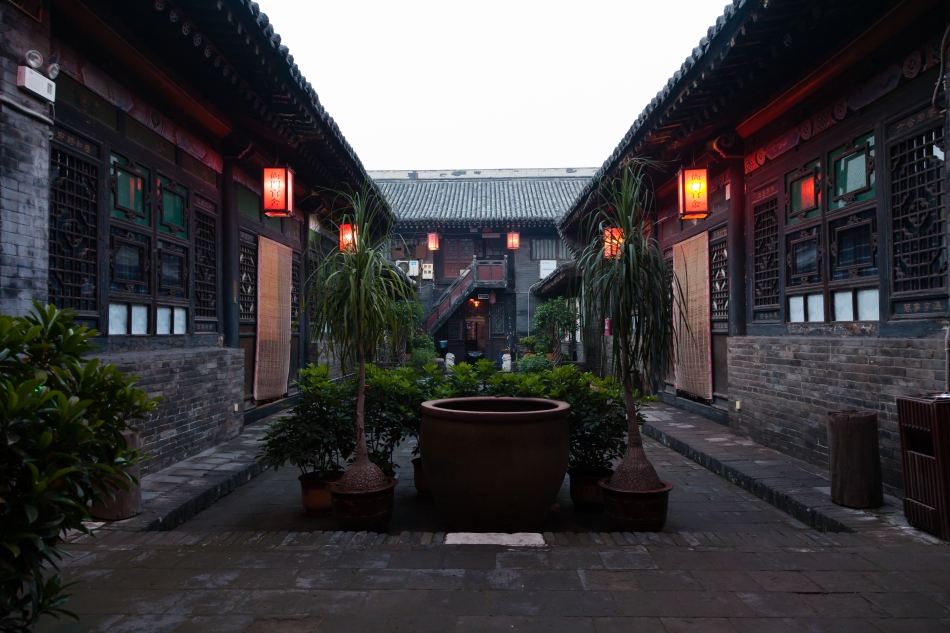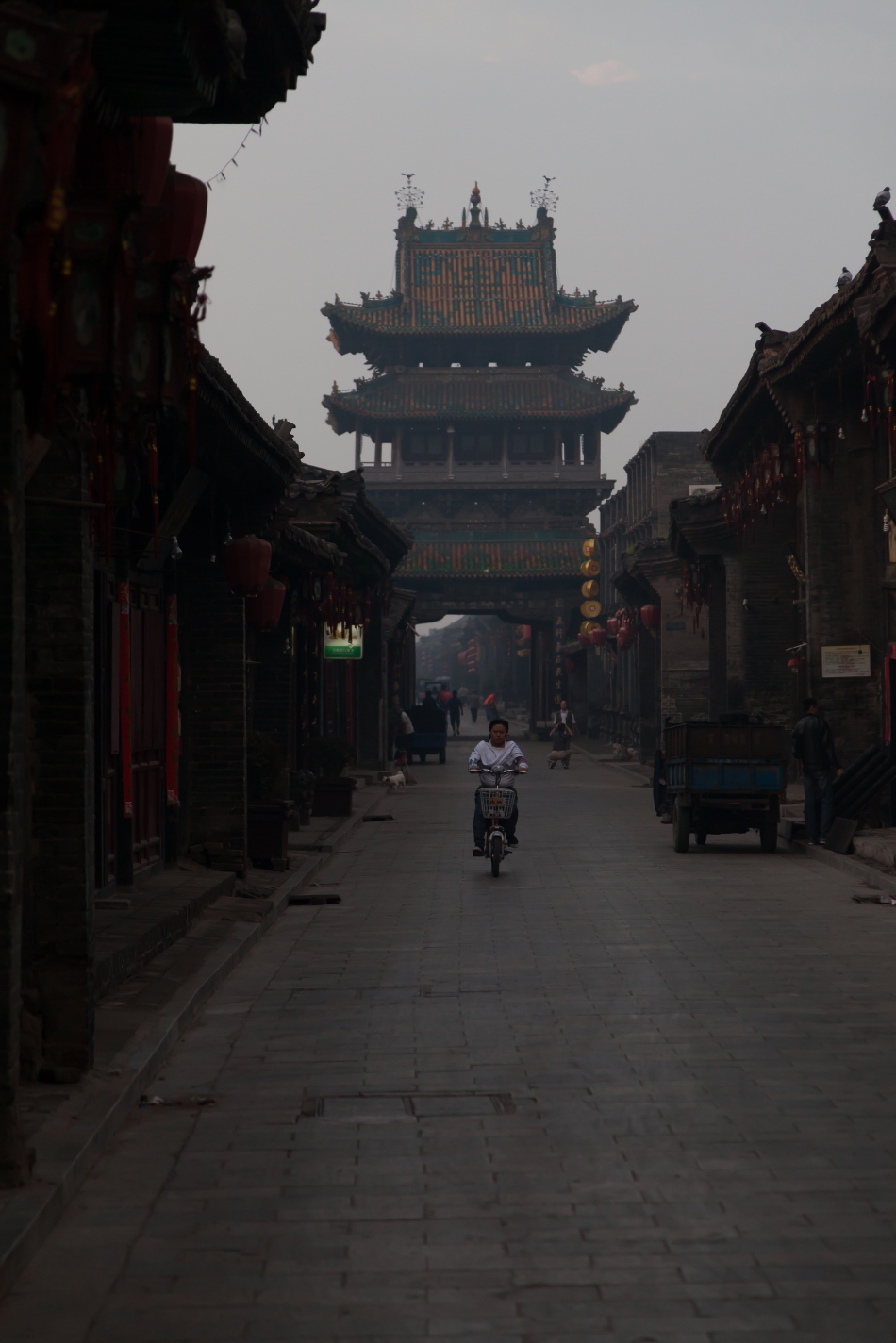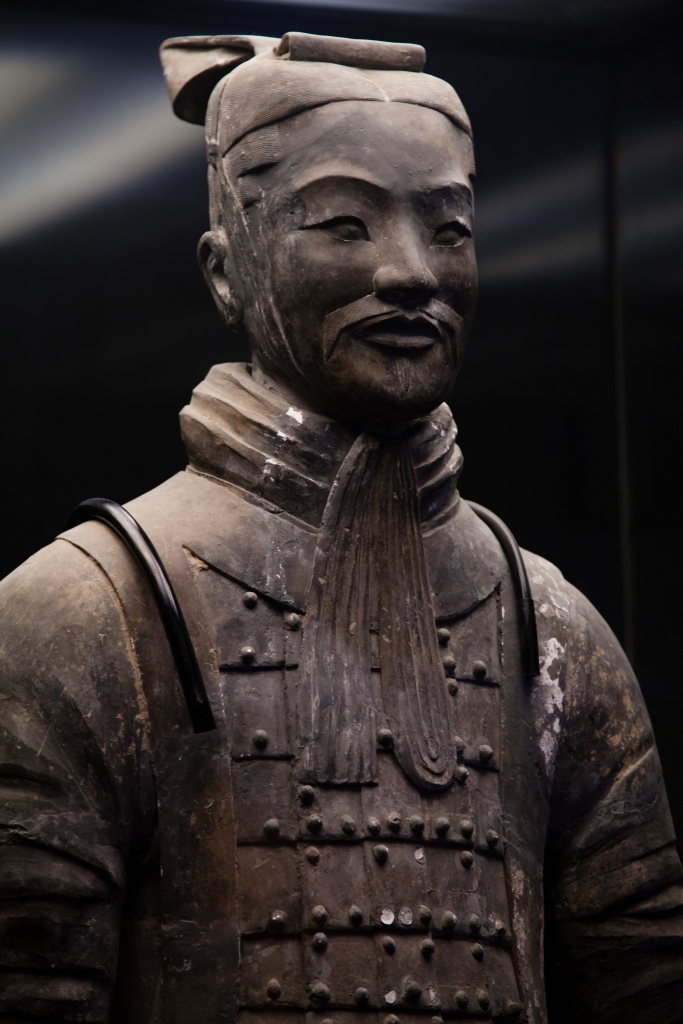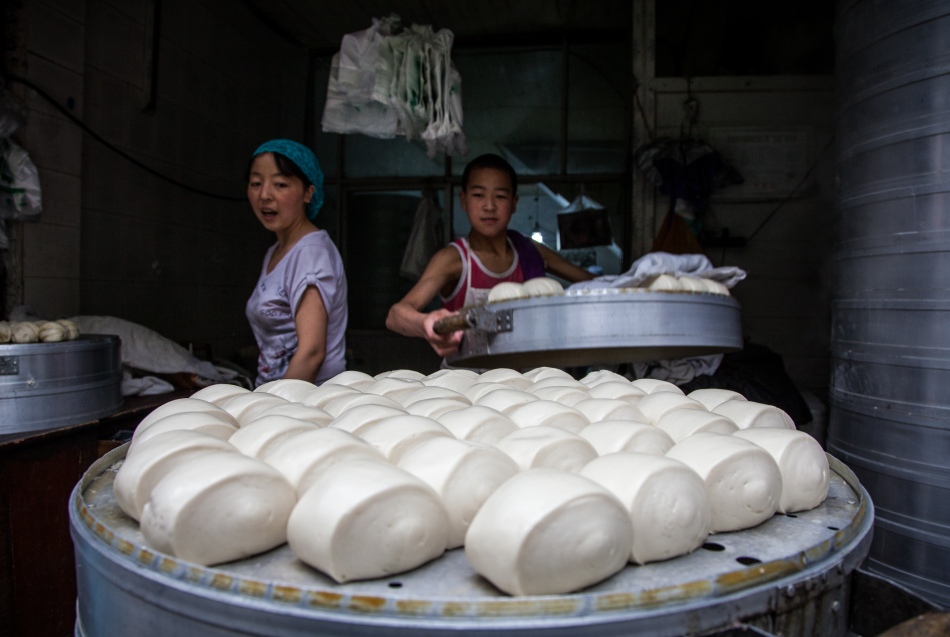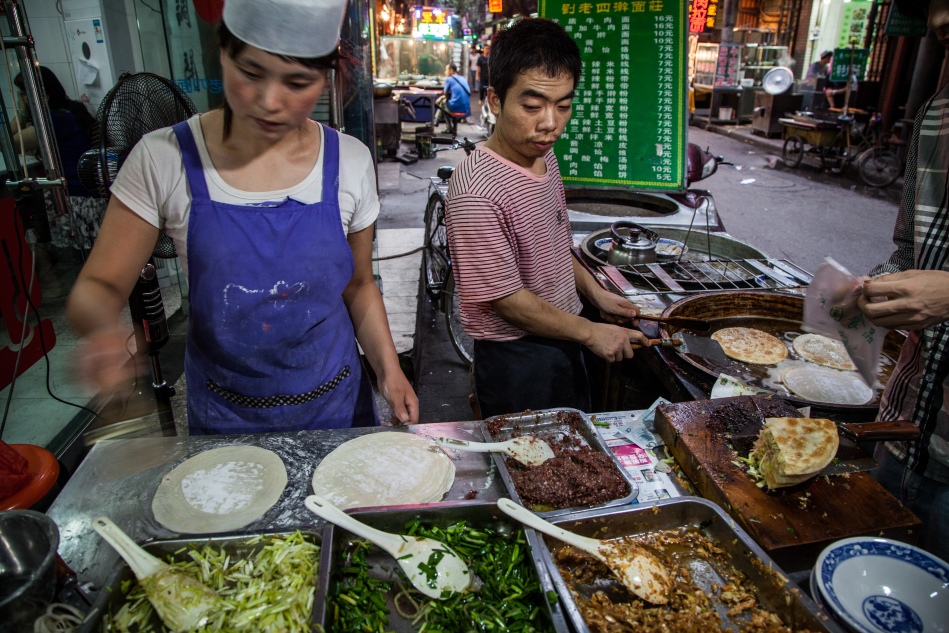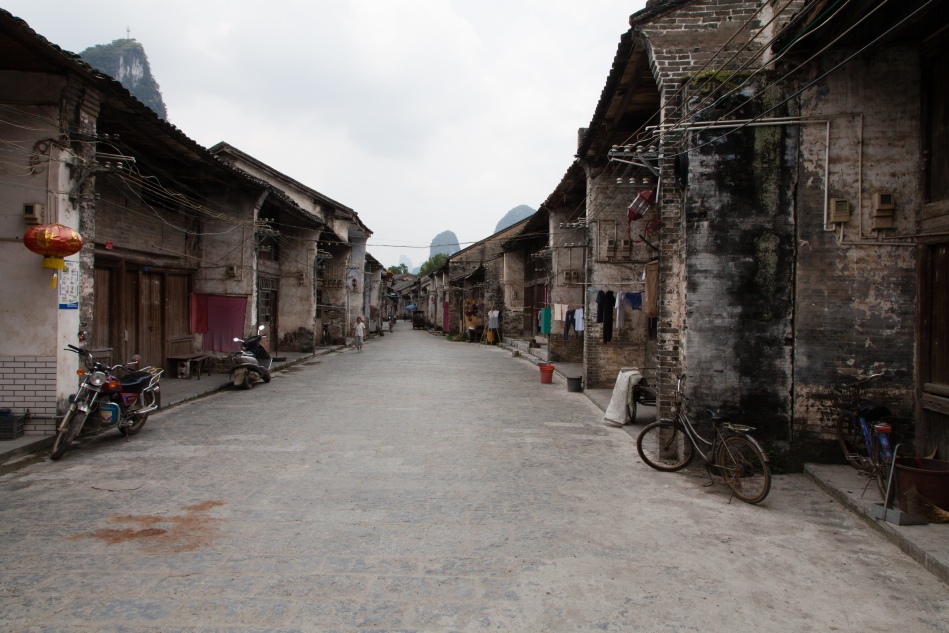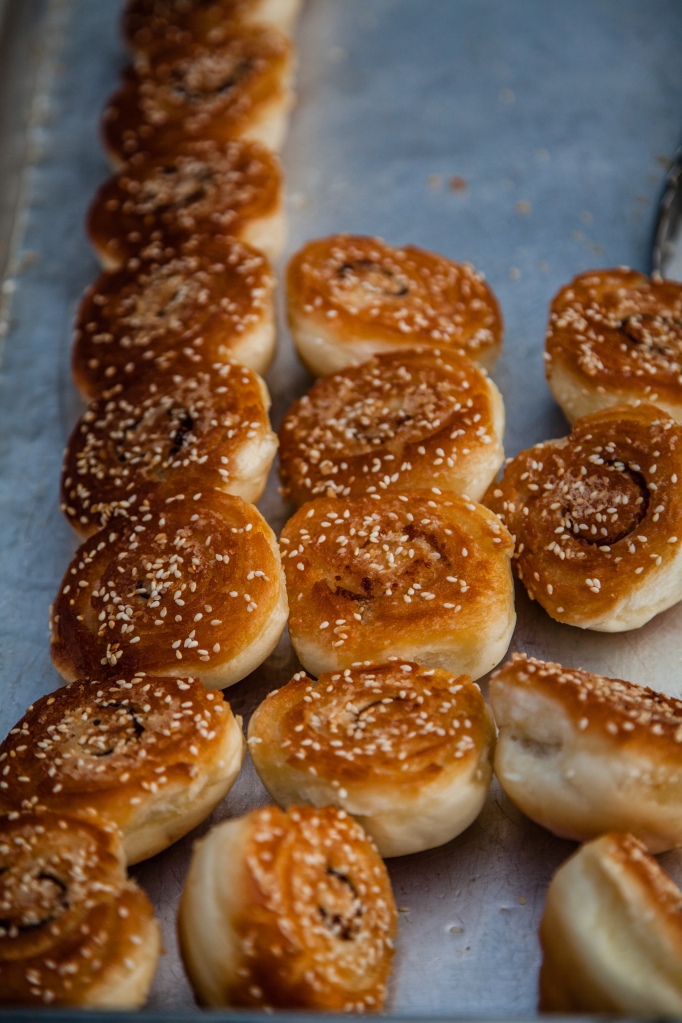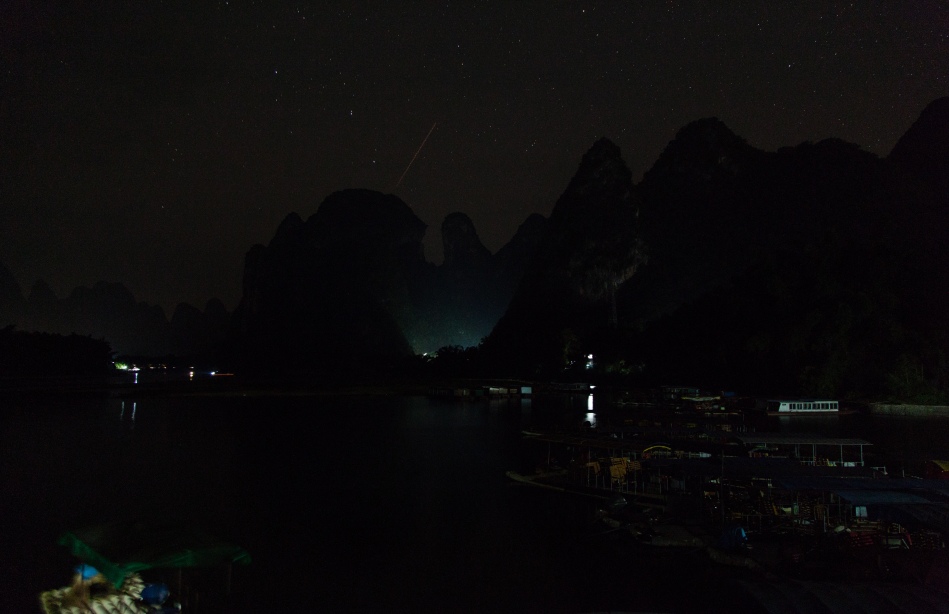Kandy & surroundings
Kandy (Sinhala: මහ නුවර Maha Nuvara; Tamil: கண்டி) is located at the center of Sri Lanka. The city lies in the midst of hills in the Kandy plateau, which crosses an area of tropical plantations, mainly tea. Kandy is one of the most scenic cities in Sri Lanka and the home of The Temple of the Tooth Relic
Sri Dalada Maligawa (Sinhala: ශ්රී දළදා මාළිගාව) or the Temple of the Sacred Tooth Relic is a Buddhist temple in the city of Kandy, Sri Lanka. It is located in the royal palace complex which houses the relic of the tooth of Buddha. Since ancient times, the relic has played an important role in local politics because it is believed that whoever holds the relic holds the governance of the country. Kandy was the last capital of the Sri Lankan kings.
The origins of the Botanic Gardens date as far back as 1371 when King Wickramabahu III ascended the throne and kept court at Peradeniya near Mahaweli river.
Pinnawala Elephant Orphanage is an orphanage, nursery and captive breeding ground for wild Asian elephants located at Pinnawala village. Pinnawalla is notable for having the largest herd of captive elephants in the world. In 2011, there were 88 elephants, including 37 males and 51 females from 3 generations, living in Pinnawala.
The orphanage was originally founded in order to afford care and protection to many of the orphaned unweaned wild elephants found wandering in and near the forests of Sri Lanka. It was established in 1975 by the Sri Lanka Department of Wildlife Conservation.
Most of the elephants at Pinnawala are healthy and once attaining adulthood, will be sold or donated or retained for breeding.
The Orphanage was the subject of a 2010 report by the Born Free Foundation which calls into question the animal welfare at the orphanage.
Quality of care of elephants who are donated or sold away from Pinnawala has been a big public issue. In 2012 The Sri Lanka Environment Trust spoke out against authorities who continue to ‘donate’ tamed elephants to people who had ‘poor’ past records of taking care of animals. “There are enough cases to show that the authorities are releasing elephants from Pinnawala to the same group of people who don’t take care of the animals.” Though officials boast that the animals are under close surveillance, they don’t do any monitoring once an elephant is released to a private owner.
‘Udarata Menike’ (උඩරට මැණිකේ) train trip, Sri Lanka

Udarata Menike (Sinhala: උඩරට මැණිකේ, Hill Country Maiden) is a daytime passenger train that runs between Colombo and Badulla in Sri Lanka.
The Udarata Menike travels through the hill country.
Between Balana and Kadugannawa, the track clings to the side of sheer cliffs, offering passengers spectacular views of Batalegala (‘Bible’ Rock). The train then continues its climb through the scenic tea country, connecting busy local market centers at Gampola, Nawalapitiya, and Hatton before reaching Nanu-Oya. This is the connection to the former colonial resort of Nuwara Eliya, still popular for its temperate climate, classic hotels, and British-style gardens.
The Udarata Menika continues its ascent to the summit at Pattipola, 1897 meters (6,226 feet) above sea level, before descending past Bandarawela to Badulla Terminus. In the upcountry, passengers are rewarded with views of tea gardens, mountains and valleys, cascading torrents and waterfalls.
The Forbidden City (紫禁城)
The Tiananmen (天安門) or Gate of Heavenly Peace was first built during the Ming Dynasty in 1420. Tiananmen is often referred to as the front entrance to the Forbidden City. However, the Meridian Gate (午门) is the first entrance to the Forbidden City, while Tiananmen was the entrance to the Imperial City, within which the Forbidden City was located. Tiananmen is located to the north of Tiananmen Square, across the street from the plaza from Chang’an Avenue.
The Forbidden City (紫禁城) was the Chinese imperial palace from the Ming Dynasty to the end of the Qing Dynasty. It is located in the middle of Beijing. For almost 500 years, it served as the home of emperors and their households, as well as the ceremonial and political center of Chinese government.
Built in 1406 to 1420, the complex consists of 980 buildings and covers 720,000 m2 (7,800,000 sq ft).
The construction lasted 14 years, and required more than a million workers.Material used include whole logs of precious Phoebe zhennan wood found in the jungles of south-western China, and large blocks of marble from quarries near Beijing. The floors of major halls were paved with “golden bricks”, specially baked paving bricks from Suzhou.
After being the home of 24 emperors – 14 of the Ming Dynasty and 10 of the Qing Dynasty – the Forbidden City ceased being the political centre of China in 1912 with the abdication of Puyi, the last Emperor of China. Under an agreement with the new Republic of China government, Puyi remained in the Inner Court, while the Outer Court was given over to public use, until he was evicted after a coup in 1924.
After the establishment of the People’s Republic of China in 1949, some damage was done to the Forbidden City as the country was swept up in revolutionary zeal. During the Cultural Revolution, however, further destruction was prevented when Premier Zhou Enlai sent an army battalion to guard the city.
Jingshan hill (“Prospect Hill”, 景山) is an artificial hill covering an area of more than 230,000 m². Jingshan is immediately north of the Forbidden City on the central axis of Beijing. Originally an imperial garden, it is now a public park, known as Jingshan Park (景山公园). Until 1928 the park sat directly by the moat and was accessible on the south side only from the Forbidden City via the Gate of Divine Might.
The last emperor of the Ming Dynasty, Chongzhen, committed suicide in the park by hanging himself here in 1644.
The Tiananmen Square is named after the Tiananmen Gate located to its North, separating it from the Forbidden City. Tiananmen Square is the third largest city square in the world (440,000 m² – 880m by 500m or 109 acres – 960 by 550 yd).
Pingyao (平遥), China
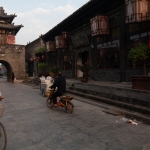
Pingyao’s old town is often considered the best ancient walled city in China, and is on many lists of the best walled cities in the world. The old walled city is 2.6 sq. kilometers (1 sq. mile), inhabited, mostly off-limits to cars, and constructed of cobbled streets and buildings almost entirely from the Ming and Qing dynasties. Picture a period film showing ancient China – and you won’t be far off. Perfect for atmospheric wandering, this city is still off the radar of most foreigners. As such, the tourist hordes tend to be over 99% mainland Chinese on any given day.
As the old walled city is only about 1 mile by 1 mile (or 1.6km by 1.6km), walking is the by far #1 way around. Most of the old walled city is also off-limits to taxis/cars. However if you are feeling lazy, you can hire golf carts that wander the streets. Pay around ¥5 for a ride if a single person, around ¥15 for four people. It is also possible to rent bikes for ¥10 per day, though the streets crowded with Chinese tourists may make this not much faster than walking.
If navigating by map – know that there are several interior towers/wall sections that look very much like part of the city wall proper. The first day, many map-wielding tourist become confused in placing themselves, thinking they are seeing the nearby city wall, when they in fact are not.
The main attraction in Pingyao’s walled city is – well, the city itself. i.e. – simply wandering the streets. Nearly every building dates from the Ming (1368-1644) or Qing (1644-1911) Dynasties. The car-free status and ancient street plan adds to the strong atmosphere
The Terracotta Army
The Terracotta Army, is a collection of terracotta sculptures depicting the armies of Qin Shi Huang, the first Emperor of China. It is a form of funerary art buried with the emperor in 210–209 BC and whose purpose was to protect the emperor in his afterlife, and to make sure that he had people to rule over.
The figures, dating from 3rd century BC, were discovered in 1974 by some local farmers in Lintong District, Xi’an, Shaanxi province.
The figures vary in height according to their roles, with the tallest being the generals. The figures include warriors, chariots and horses. Current estimates are that in the three pits containing the Terracotta Army there were over 8,000 soldiers, 130 chariots with 520 horses and 150 cavalry horses, the majority of which are still buried in the pits near by Qin Shi Huang’s mausoleum.[1] Other terracotta non-military figures were also found in other pits and they include officials, acrobats, strongmen and musicians.
The Muslim Quarter of Xi’an (西安)
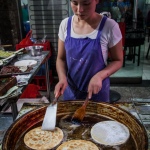
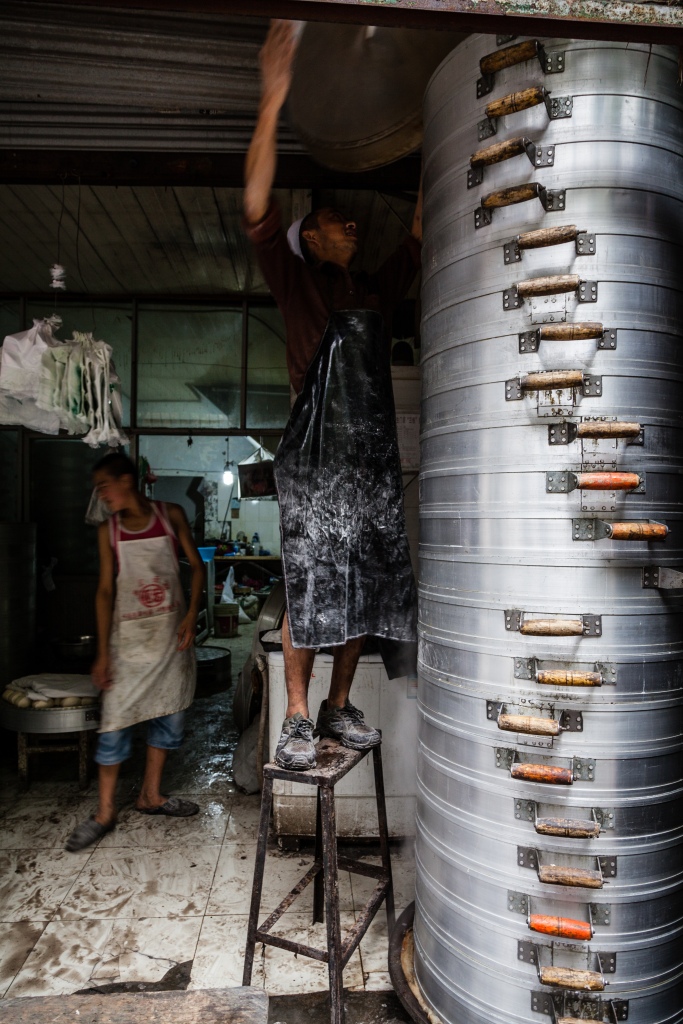
Mantou backery. Mantou (饅頭), often referred to as Chinese steamed bun/bread, is a kind of steamed bun. They are typically eaten as a staple in northern parts of China where wheat, rather than rice, is grown.
Xi’an is more than 3,000 years old and was known as Chang’an in ancient times. For 1,000 years, the city was the capital for 13 dynasties, and a total of 73 emperors ruled here.
Xi’an is the undisputed root of Chinese civilization having served as the capital city for the Zhou, Qin, Han, and Tang dynasties. With so much history within the ground the city lies upon, it is no wonder that there are so many historical ruins, museums and cultural relics to be found here. It was already influencing the world outside of the Great Wall of China as the eastern terminus of the Silk Road(丝绸之路). Here traders from far and wide brought goods and ideas for sale and took goods and ideas back with them to their native countries.
In present day Xi’an not much of its former glory remains within the city confines, due to the constant warfare and political changes that swept China particularly throughout the 20th Century. Today the city has a pleasant cosmopolitan flair to it and it is worth visiting for the famed Terracotta Warriors alone. It has often been said that, “if you have not been to Xi’an, you have not been to China!”
Behind the Drum Tower is the Muslim quarter. As the starting point of the famous Silk Road, Xi’an attracted traders from West since 1st century BC. During the 8th century AD, Xi’an was one of the largest cities in the world with over one million inhabitants, among which one third of them were foreigners.
The Muslim quarter is a fascinating area where you can find exotic food.
More magical Xingping
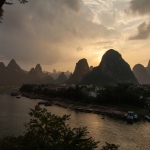
If you ever intend to visit Xingping (which you should), then expect to stay longer than planned.
During the day you will see the typical Chinese tourist groups arriving by boat and bus, but by the evening you will have the small town and its stunning surroundings to yourself.
